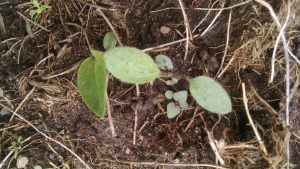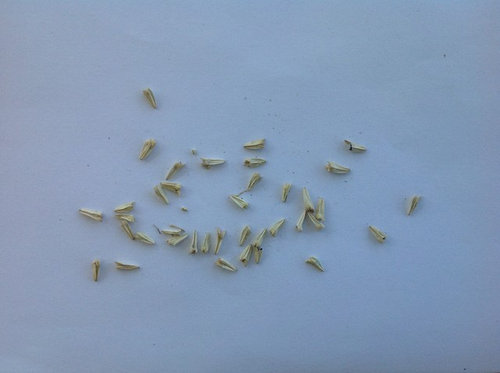

- Purple coneflower seedlings planing in fall in zone 6 how to#
- Purple coneflower seedlings planing in fall in zone 6 full#
- Purple coneflower seedlings planing in fall in zone 6 free#
Have you noticed the cone on your coneflower is distorted but the rest of the plant looks fine? This is often caused by a tiny mite inside the flower bud called the coenflower rosette mite. Prevent it by giving plants good air circulation and not watering overhead (if you need to water). It may cause plants to drop leaves and look a little rough, but it doesn’t hurt anything. Sometimes you may see dark spotting on the leaves - this is usually a bacterial or fungal condition caused by humidity and moisture. To prevent reseeding, cut them back in fall, but you may want to leave a few seedheads: Individual plants are not especially long-lived, but because they reseed so readily, you can maintain a clump of the purple ones for years just by letting a few new plants come up every year. (Do note that seedlings of all varieties eventually revert to pink-purple.)
Purple coneflower seedlings planing in fall in zone 6 free#
Either enjoy these free plants or just pull the seedlings to keep them in bounds.

If you leave the seedheads standing, volunteer seedlings will come up. What to do with coneflowers at the end of the seasonĪt the end of the season, some gardeners like to leave the seedheads standing - they provide subtle winter interest, and birds, especially finches, eat the seeds.
Purple coneflower seedlings planing in fall in zone 6 how to#
How to Buy the Best Perennials at the Garden Center layer of chopped leaves to protect the crown. If you garden where the ground repeatedly freezes and thaws during the winter, mulch over the plant with a 6-in. But if you’re working with plants in small, 4- or 6-in.-wide pots, it’s best to either pinch the blooms off or cut the entire bloom stalk back, as in the photo at above. Plants in quart- or gallon-size containers won’t need this if their root systems have had a chance to grow to fill the pot. Yes, that smarts, because you wanted that color right away! But the plant will establish healthier roots if it’s not putting energy into flowers the first year. Don’t let coneflowers bloom the first year This is no time to cut corners! Choose plants with multiple growing points, not just one cluster of leaves.ģ. Buy the biggest coneflower plants you can find

Adding some compost to the bed before you plant will make them happier, too.
Purple coneflower seedlings planing in fall in zone 6 full#
While the plain old purple coneflowers (and their white siblings) will grow almost anywhere, the yellow, orange and red ones need full sun and rich, moist, well-drained soil. But for the most success, try these tips from Dan Heims, president of Terra Nova ® Nurseries, Inc., a company that’s developed some of these bright new flowers. And that means the offspring are a little pickier, too. Why aren’t they as vigorous? Well, the plant breeding that created those vibrant colors included a species that’s a little pickier about its growing conditions than purple coneflower, the one most of us grow. Those gorgeous yellow, orange and red coneflowers certainly are standouts in the garden! But gardeners may be disappointed if they expect them to bloom year after year without a care in the world like the old-fashioned purple coneflowers. Take a look at our tips below to get the most out of your coneflowers. After that, you’re off the hook! The yellow, orange and red ones can be a little tougher to get to survive for several years. Like any perennial, you’ll want to water new plants the first summer, to get them safely established. As long as you put the plant in the ground right side up, it should be fine! Coneflowers like plenty of sun and average, well-drained soil. When it comes to the old-fashioned pink-purple or white coneflower, there isn’t an easier plant to grow. That sounds like enough reasons for any gardener to take a second look at coneflowers! Butterflies and bees flock to the flowers, and birds will come to your garden in fall and winter to eat the seedheads. The perky blooms last a long time and make nice cut bouquets. They’ll withstand nearly anything that Mother Nature can throw at them, including bitter cold winters and hot, dry summers. Why grow coneflowers in the first place? That’s easy: They’re carefree plants that grow happily in almost any kind of soil. In fact, there are some interesting options in coneflowers that may make you want to carve out a little extra space for them! Why every garden should have coneflowers But that doesn’t mean you should overlook them. If you think that basic means boring, think again! Coneflowers ( Echinacea spp.


 0 kommentar(er)
0 kommentar(er)
